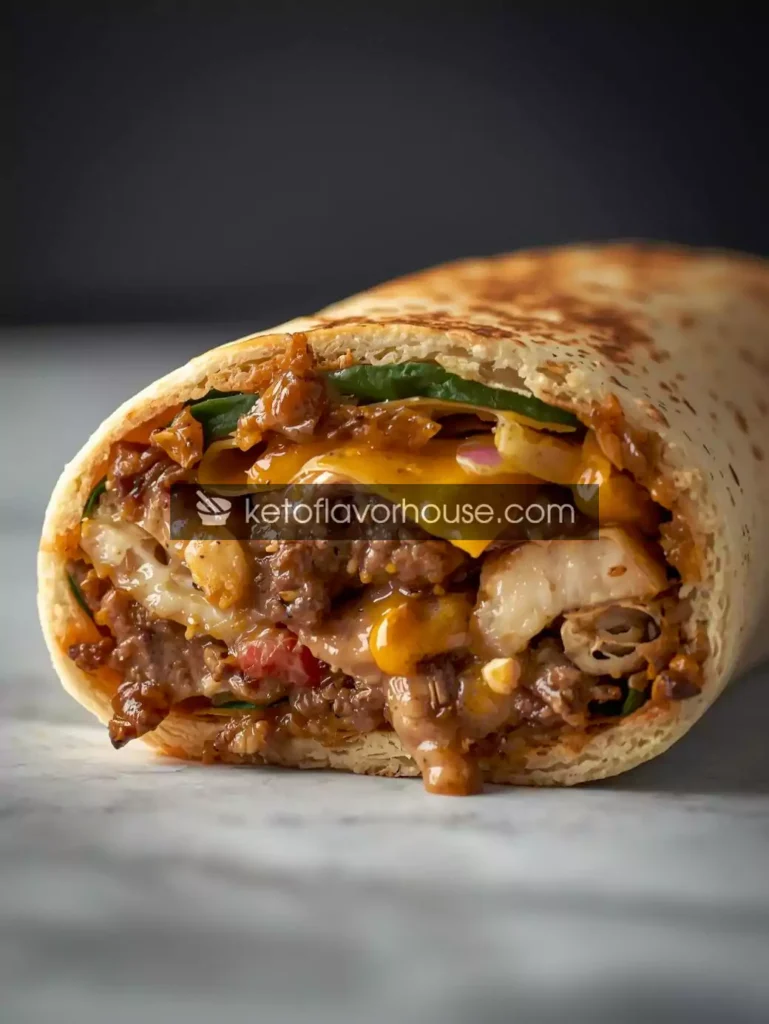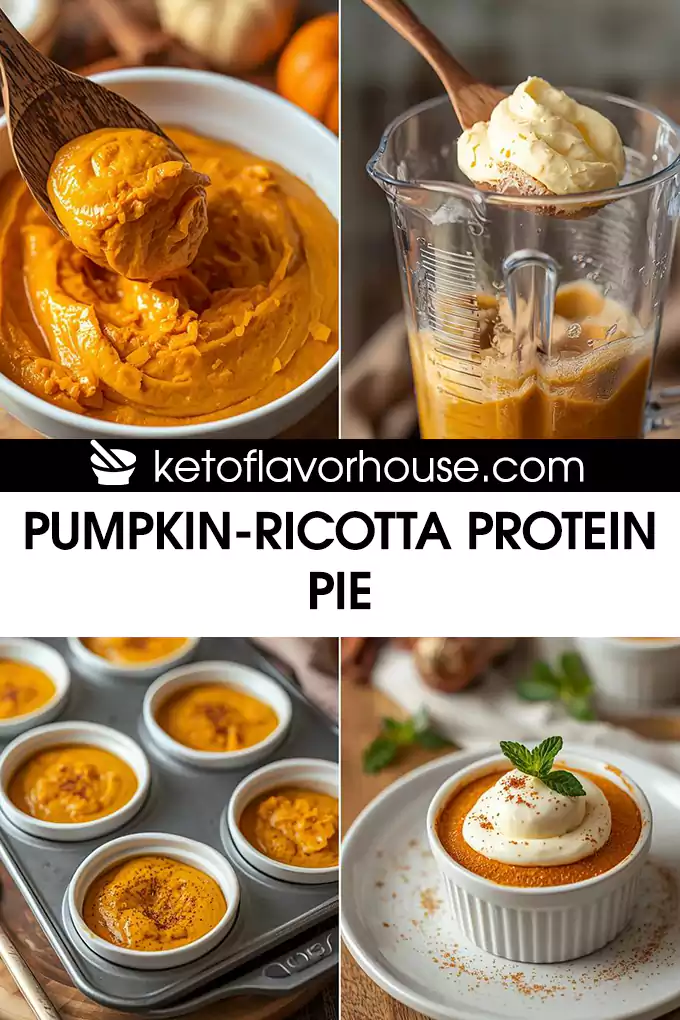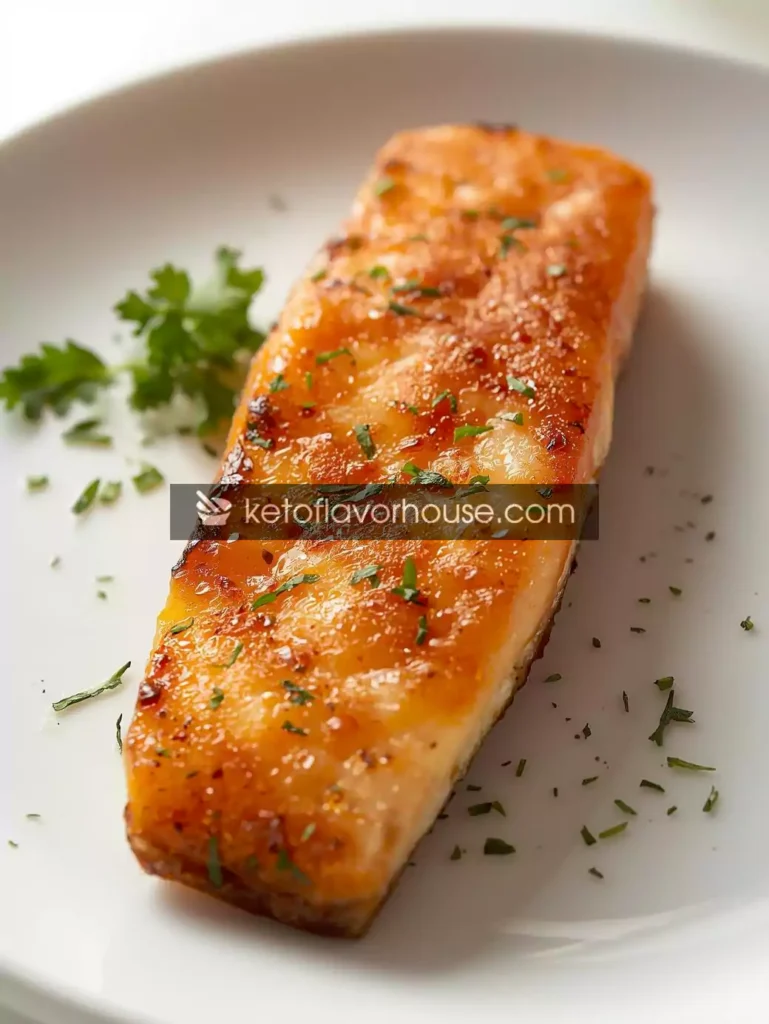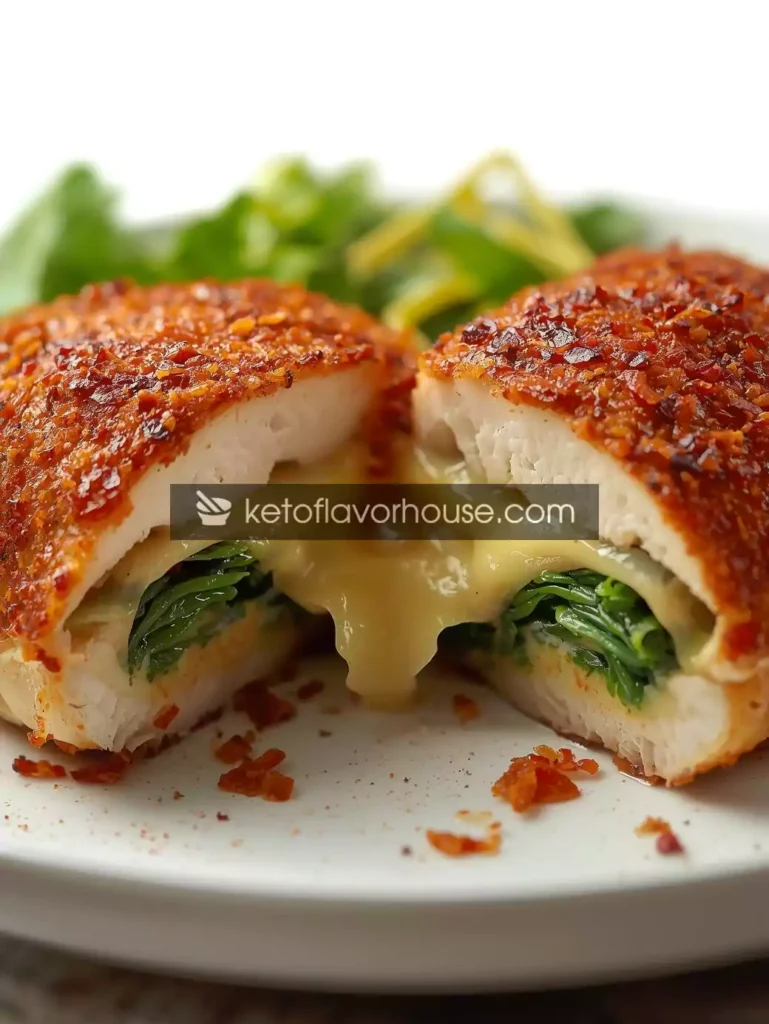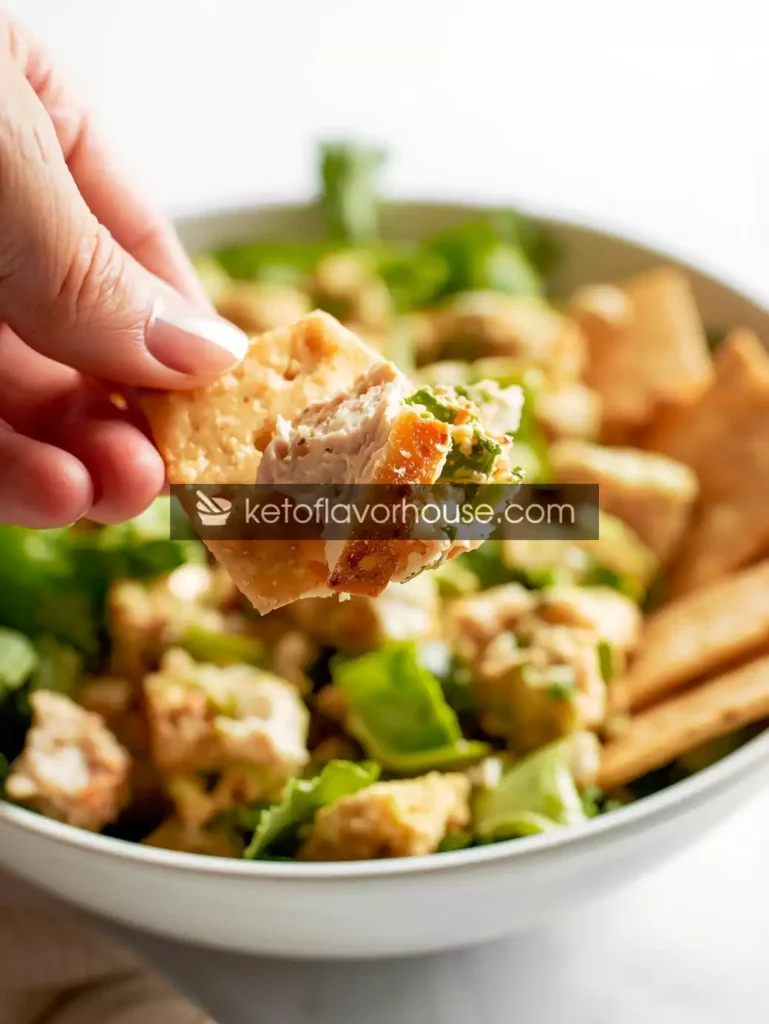This post may contains Amazon affiliate and other affiliate links. If you make a purchase through these links, I may earn a small commission at no extra cost to you. Your support helps me continue to provide quality content. I only recommend products I personally trust and believe will add value to your experience. For more details, please visit my Privacy Policy.
Introduction
I still remember the afternoon I first tried to recreate a cheesesteak after surgery — the craving for that melty, savory comfort food was real, but my post-op rules weren’t. That’s how this Bariatric Chicken Cheesesteak Wrap was born: a softer, lower-carb, high-protein spin on a classic that keeps the mouthfeel and comfort while honoring portion control and digestion. Imagine warm, thinly sliced chicken sautéed with tender peppers and onions, all wrapped with a light, melty cheese and a tangy yogurt-based sauce — but in a format that respects the priorities of bariatric eating. It solves the craving for something hearty and satisfying without the heavy carbs or greasy textures that can upset a sensitive stomach.
This wrap is the kind of recipe I make when I want something quick, family-friendly, and reliably healing: full of protein to support muscle preservation, low in net carbs to stabilize blood sugar, and soft enough to be easily chewed and enjoyed in modest portions. Whether you’re a few months out from surgery or just want a lighter cheesesteak experience, this recipe will likely become one of your weeknight favorites.
Why You’ll Love This Recipe
- 🌯 High-protein — keeps you full and supports healing.
- 🥬 Low-carb — ideal for post-op plans and steady blood sugar.
- 🧀 Cheesy comfort without heaviness — melty cheese, gentle binder.
- ⏱️ Quick assembly — 25–30 minutes from start to finish.
- 👪 Family-friendly — make a double batch; everyone can enjoy.
My Personal Experience
The first time I made this wrap I was a little nervous about the texture — would it be satisfying? Would it be too spicy for my post-op stomach? I started with thinly sliced chicken, a patient sauté of peppers and onions until silky, and a yogurt-mustard spread to add creaminess without excess fat. I wrapped everything in a soft, low-carb tortilla and took a bite. The layers of flavor hit immediately: smoky paprika, a whisper of mustard tang, warm chicken, and that melt-in-your-mouth cheese. Most importantly, it didn’t sit heavy. That meal was a reminder that comfort food can be adapted to support recovery and nutrition goals — and that small swaps make huge differences.
Required Equipment
Skillet (10–12 inch)
A wide skillet is needed to cook the chicken and to sauté peppers and onions evenly. Use stainless steel or non-stick depending on preference — non-stick helps reduce added fat while cooking.
Cutting Board & Sharp Knife
Uniform slices of chicken and thinly sliced peppers ensure even cooking and easy chewing — important for post-op texture.
Mixing Bowl
To mix the yogurt sauce and to toss chicken with spices if you want to marinate briefly.
Spatula or Tongs
Helpful for turning chicken and folding wraps without tearing tortillas.
Baking Sheet (optional)
If you prefer to melt cheese on top under a broiler or to finish assembled wraps for a crisp edge, a baking sheet comes in handy.
Ingredients & Substitutions
Makes 4 wraps (1 wrap per serving).
- 1 lb (16 oz / ~450 g) cooked chicken breast, thinly sliced
Why it matters: Lean, highly bioavailable protein — essential for post-op healing and satiety.
Substitute: Turkey breast or shredded rotisserie chicken (trim skin) if you want convenience. - 1 tablespoon olive oil
Why it matters: Small amount of healthy fat helps carry flavor and keep ingredients moist.
Substitute: Avocado oil or a light spray if limiting fat. - 1 small onion, thinly sliced (about 1 cup)
Why it matters: Adds sweetness and depth; cooks down soft for gentle chewing.
Substitute: Green onion tops or shallots for a milder option. - 1 medium green bell pepper, thinly sliced
Why it matters: Adds color, fiber, and vitamin C without excess carbs.
Substitute: Red or yellow peppers for sweetness or sautéed mushrooms for lower sugar. - 1 tsp smoked paprika
Why it matters: Gives that “cheesesteak” smoky note without salt or sugar.
Substitute: Regular paprika + a pinch of ground cumin. - ½ tsp garlic powder
Why it matters: Adds aromatic depth without raw garlic bite.
Substitute: Fresh minced garlic (1 clove) if tolerated. - Salt & black pepper to taste (start with ¼ tsp salt)
Why it matters: Enhances natural flavors—keep sodium modest for bariatric needs.
Substitute: Use lemon zest and herbs to reduce sodium impact. - 4 low-carb, high-fiber tortillas (6–8 inch) — choose soft, thin wraps.
Why it matters: Keeps net carbs low while providing easy wrapping and familiar texture.
Substitute: Large butter lettuce leaves or collard greens for zero-carb wraps. - 4 slices reduced-fat provolone or low-moisture mozzarella
Why it matters: Melts beautifully for that cheesesteak pull while keeping fat moderate.
Substitute: Part-skim mozzarella, or for dairy-free: a meltable vegan slice (note: nutrition will change). - ½ cup plain nonfat Greek yogurt (for sauce)
Why it matters: Protein-rich creamy base that’s gentler than mayo or heavier creams.
Substitute: Low-fat cottage cheese blended smooth, or lactose-free yogurt. - 1 tbsp Dijon mustard
Why it matters: Adds tang and depth with minimal calories and sodium.
Substitute: Whole-grain mustard or a light smear of sugar-free ketchup for milder taste. - Optional: 1 tsp Worcestershire sauce (low-sodium)
Why it matters: Adds umami — use sparingly to manage sodium.
Substitute: A dash of reduced-sodium soy sauce or liquid aminos.
How to Make the Bariatric Chicken Cheesesteak Wrap
H2 — How to Make the Bariatric Chicken Cheesesteak Wrap
Step 1 — Prep Ingredients
Thinly slice onion and pepper so they cook quickly and become very soft. Thinly slice the cooked chicken (leftover roast or quickly pan-seared sliced breast works). Mix Greek yogurt, Dijon mustard, and a tiny pinch of smoked paprika in a bowl; set aside.
In-step tip: Slice the chicken across the grain for the most tender bites — and trim any tough bits for easier chewing.
Step 2 — Sauté Veggies
Heat 1 tbsp olive oil over medium heat in a large skillet. Add onion and cook 3–4 minutes until translucent, then add pepper. Cook gently until both are soft and glossy (about 6–8 minutes total). Season lightly with smoked paprika, garlic powder, salt, and pepper.
How to avoid sogginess: Cook the vegetables until they release moisture and then that moisture evaporates — you want softness, not a watery mess.
Step 3 — Warm Chicken & Combine
Add sliced chicken to the skillet and toss with peppers and onions to heat through (2–3 minutes). If using Worcestershire or a splash of reduced-sodium soy, add now and stir. Taste and adjust seasonings.
Timing tip: Because the chicken is already cooked, your goal is to warm and coat it — quick is best to prevent dryness.
Step 4 — Assemble the Wraps
Lay out a tortilla (or lettuce leaf). Spread ~2 tbsp yogurt-mustard sauce down the center. Pile on about 1/4 of the chicken mixture, then top with a slice of reduced-fat provolone. Fold or roll tightly.
Encouragement: Don’t worry if they aren’t perfect — a slightly overfilled wrap still tastes fantastic, just slice in half to serve.
Step 5 — Finish & Serve (Optional Melt)
If you like a melty finish, place assembled wraps on a baking sheet and broil for 1–2 minutes until cheese is bubbly, or sear seam-side down in a skillet for 1 minute to seal. Serve warm.
Air fryer variant: Place assembled wraps seam-side down in the air fryer basket and air fry at 350°F (175°C) for 3–5 minutes until warm and lightly crisped.
Stovetop variant: Pan-sear the wrap in a non-stick skillet over medium heat for 1–2 minutes per side to crisp the tortilla and melt the cheese.
Common Mistakes to Avoid
- Over-salting: Cheese and condiments add sodium—taste before finishing.
- Undercooking vegetables: Raw, crunchy veggies are harder to chew after surgery — cook until soft.
- Overcooking chicken: If you’re warming already-cooked chicken, a few minutes is enough — drying it out reduces enjoyment and satiety.
- Using wet yogurt directly: If yogurt seems watery, drain briefly or whisk to a thicker consistency so the wrap doesn’t get soggy.
Pro Tips for Best Results
- Use leftover poached or roasted chicken—flavorful and time-saving.
- For extra tenderness, shred chicken instead of slicing — shredding reduces chewing strain.
- Swap in lettuce wraps for a nearly zero-carb wrap that’s refreshing and easier to digest for some post-op stages.
- Pre-portion sauces into small containers for meal prep to avoid overfilling.
Bariatric Nutrition & Strategy
This wrap is built around protein-first choices — cooked chicken and Greek yogurt — which are cornerstones of post-op nutrition. Protein supports wound healing, maintains lean mass, and helps with satiety. By using low-carb tortillas or lettuce wraps and reduced-fat cheese, the wrap minimizes empty carbs and heavy fats that can cause dumping, discomfort, or blood-sugar spikes. The soft-cooked vegetables provide fiber and micronutrients in a gentle texture that’s easier to eat in early and later post-op phases.
Fitting into a day: Pair one wrap with a small side of steamed greens or a cup of bone broth if you’re still advancing through textural stages. For later stages, add a small fruit portion (if permitted) and watch portion sizes to keep calories and stomach volume in check.
Variations You Can Try
- Buffalo-style Chicken Cheesesteak Wrap: Toss the chicken with a light buffalo sauce (use sparingly) and top with a Greek yogurt-blue cheese blend.
- Mediterranean Twist: Add chopped roasted red peppers and crumbled feta instead of provolone.
- Herbed Lemon: Finish the yogurt sauce with lemon zest and fresh parsley for brightness.
- Spicy Kick: Add a pinch of cayenne or thinly sliced jalapeño if tolerated.
Each variation will slightly change sodium and spice levels — adjust cautiously for bariatric sensitivity.
Tips for This Recipe
- Serve in small, mindful portions — for many post-op eaters one wrap may be enough; consider halving for earlier stages.
- Make a big batch of the chicken-pepper-onion mixture and store in the fridge for easy assembly all week.
- For better meal-prep, assemble wraps and store without cheese, then add cheese and melt when reheating to preserve texture.
Optional Additions
- Sautéed mushrooms for extra umami.
- Fresh tomato slices (if tolerated).
- A sprinkle of chopped fresh basil or parsley for a fragrant finish.
- Small amount of avocado for healthy fat and creaminess (watch portions).
Serving Ideas
- Weeknight lunch or dinner with a side salad of mixed greens.
- Pack one wrap in a lunchbox with carrot sticks and a yogurt cup for a reheatable meal.
- Serve at casual gatherings with a platter of veggie sticks and small dipping containers of extra sauce.
Storage Recommendations
- Fridge: Store chicken mixture and sauce in separate airtight containers for up to 4 days. Tortillas keep in their bag in the pantry.
- Freezer: Freeze cooked chicken mixture (without tortillas) up to 2 months. Thaw in fridge overnight before reheating.
- Reheating: Warm the chicken mixture gently in a skillet with a splash of water or broth to restore moisture, then assemble and briefly pan-heat or air-fry to melt cheese.
Frequently Asked Questions (FAQ)
1. Can I freeze assembled wraps?
You can freeze the chicken mixture but avoid freezing assembled wraps with tortillas — they can get soggy. Freeze filling in portions and assemble after thawing.
2. Is this suitable for early post-op stages?
Check with your surgical team. For earlier stages, shred the chicken finely and serve open-faced on a small lettuce cup, and use a small amount of sauce to keep textures soft.
3. Can I use beef instead of chicken?
Lean, finely sliced beef can work, but beef is often harder to chew and digest. If using beef, choose extra-lean cuts and slice/pound thinly.
4. Are lettuce wraps okay for bariatric patients?
Yes — many patients prefer lettuce or collard wraps for near-zero carbs and a lighter option. Ensure leaves are tender and cut into manageable sizes.
5. How can I reduce sodium further?
Use low-sodium cheese, low-sodium tortillas, and omit Worcestershire or soy. Rely on herbs and lemon zest for flavor.
6. Can I make this dairy-free?
Yes — swap yogurt for unsweetened, plain dairy-free yogurt and cheese for a meltable vegan alternative. Nutritional values will change.
7. How many wraps should I eat in one sitting?
Portioning depends on your stage and protein targets. Typically one wrap provides substantial protein; follow your nutrition plan and hunger cues.
Nutritional Breakdown (Per Serving — estimated)
Calculated for recipe as written (4 servings). Values are estimates:
- Calories: ≈ 367 kcal
- Protein: ≈ 48 g
- Fat: ≈ 12 g
- Total Carbs: ≈ 15 g
- Fiber: ≈ 7 g
- Net Carbs: ≈ 8 g
- Sugar: ≈ 4.6 g
- Sodium: ≈ 600 mg (varies with cheese/tortilla choice)
These numbers were derived from ingredient-level approximations and rounded for clarity. The recipe is intentionally protein-forward and low in net carbs, making it well-suited to many bariatric eating plans.
Recipe Snapshot
- Prep Time: 10 minutes
- Cook Time: 15 minutes
- Total Time: 25 minutes
- Course: Main / Lunch
- Cuisine: American-inspired comfort
- Servings: 4 wraps
- Calories (per serving): ≈ 367 kcal
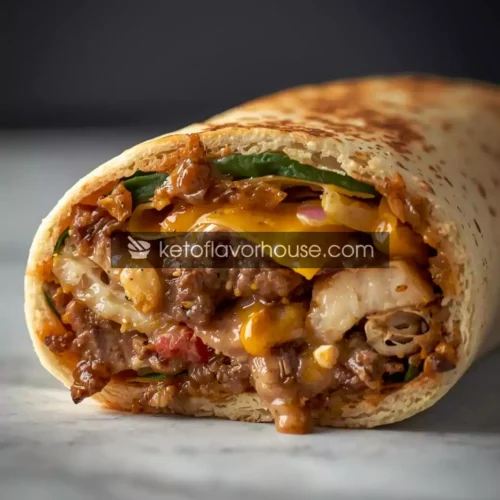
Bariatric Chicken Cheesesteak Wrap Recipe
Ingredients
- 1 lb cooked chicken breast thinly sliced
- 1 tbsp olive oil
- 1 small onion thinly sliced
- 1 medium green bell pepper thinly sliced
- 1 tsp smoked paprika
- ½ tsp garlic powder
- Salt & black pepper to taste
- 4 low-carb tortillas 6–8 inch or 8 large lettuce leaves
- 4 slices reduced-fat provolone
- ½ cup plain nonfat Greek yogurt
- 1 tbsp Dijon mustard
Instructions
- Heat oil in a skillet over medium heat. Sauté onion 3–4 minutes.
- Add pepper and cook until soft, 4–5 more minutes. Season with paprika, garlic powder, salt, and pepper.
- Add sliced cooked chicken; warm 2–3 minutes and stir in a splash of Worcestershire if using.
- Mix yogurt and Dijon in a bowl. Spread ~2 tbsp sauce on each tortilla/lettuce leaf.
- Divide chicken mixture between wraps, top each with a cheese slice, fold, and optionally broil 1–2 minutes to melt. Serve warm.

